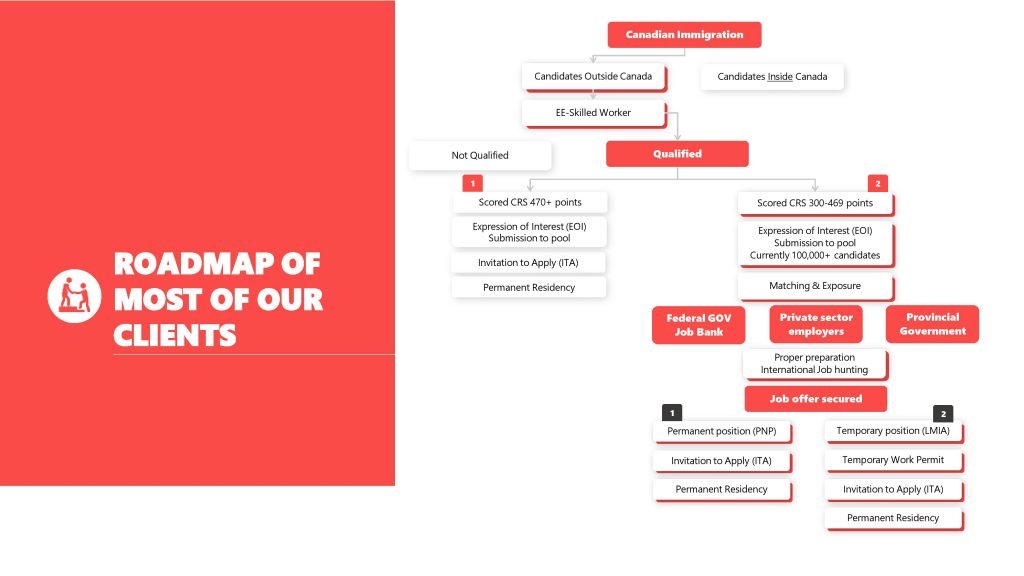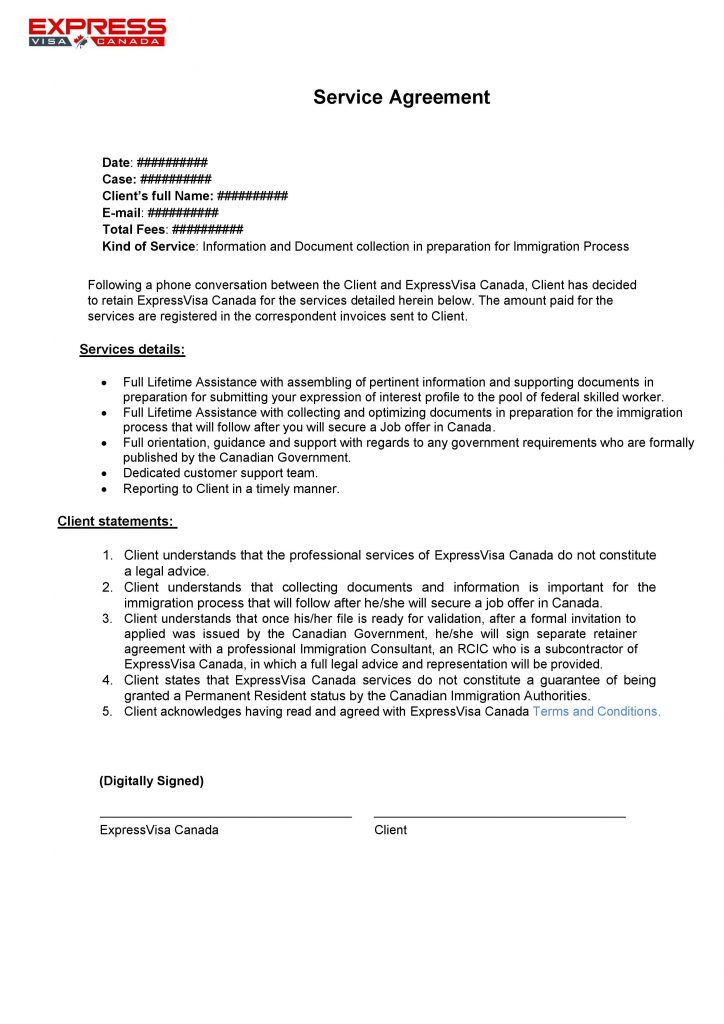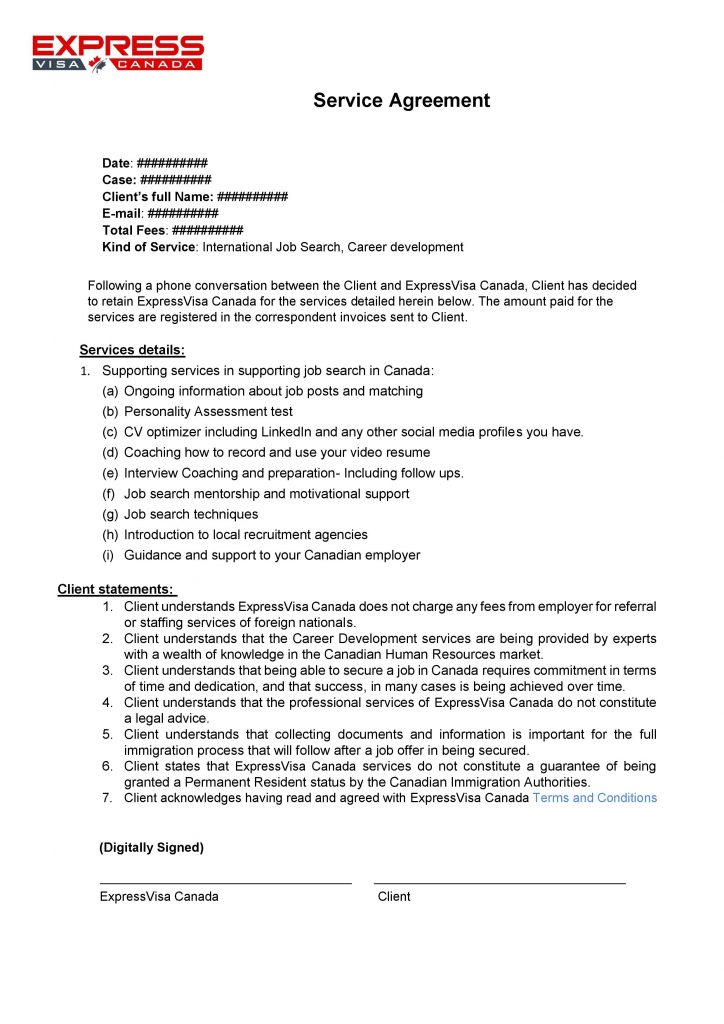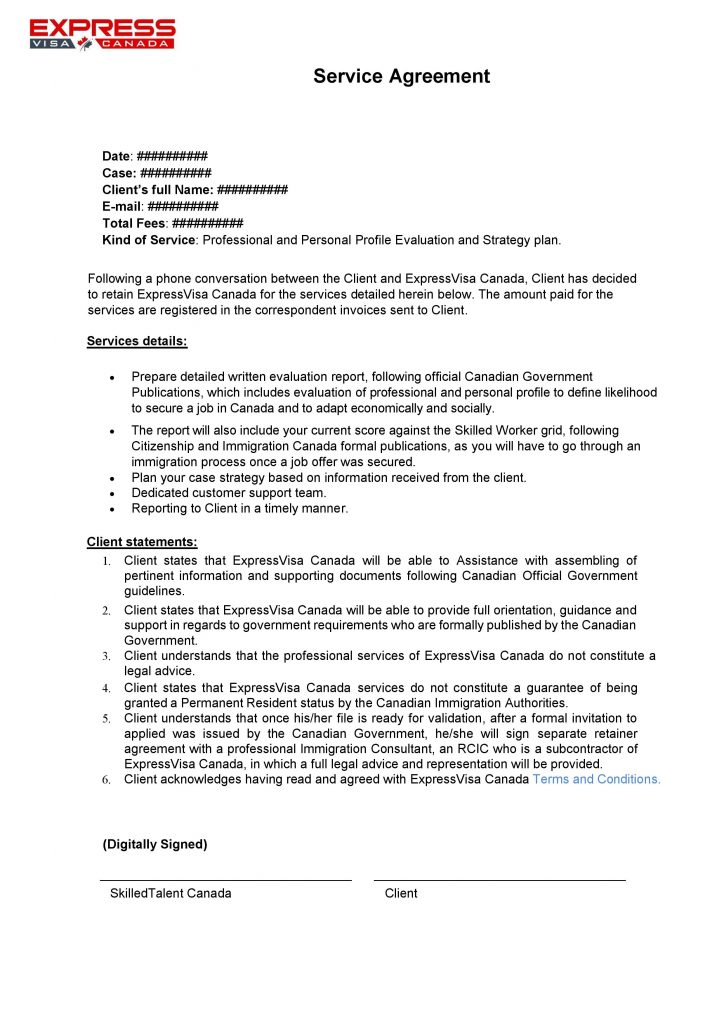Work & Investment
The U.S. Work & Investment Visas and categories are particularly designed by the U.S government to attract people from all industries to occupy key positions in the U.S. Some U.S Work visas allow for extended visa options that may eventually lead to permanent residence in the United States. As the largest economy in the world, the United States offers foreign worker and migrants’ unique opportunities to pursue and achieve their dreams and experience first-and American hospitality. The Alien Registration Receipt Card also popularly known as the ‘ ’ was initially introduced in the 1940’s. it became popularly known by its alias ( ) because when it was introduced as a document containing the name, photograph, registration number, date of birth, date and port of entry, it was green in color; hence the name. At other times, the color of the card has been pink, blue and white. The card grants the holder a lawfully recognized permission to be a permanent resident on American soil.

WORKING HOLIDAY VISAS
A working holiday in the US can be achieved with an Exchange Visa (J visa). There are a number of exchange visa programs that specifically accommodate students and recent graduates wanting to work and travel in the US for up to 12 months.
E-3 VISA
The E-3 visa was specifically designed as partnership program between United States and Australia. An E-3 visa is a temporary work visa specifically for citizens of Australia with a job offer in a specialty occupation in the U.S.
TN VISA
The TN visa is a visa program, which is designed for the citizens of Canada and Mexico. A TN visa is a temporary work visa specifically for citizens of Canada and Mexico with a job offer in a professional occupation in the U.S. The North American Free Trade Agreement (NAFTA) stipulates the professional occupations and minimum qualifications or alternative credentials required to be eligible to apply for a TN visa. Self-employment is not permitted on a TN visa.
R-1 VISA
An R-1 visa is a temporary work visa for ministers and other religious workers with a job offer in a non-profit religious organization or an organization affiliated with a religious denomination in the U.S. Ministers and other religious workers with a permanent, full time employment offer may be able to apply for a as a special immigrant.
Q-1 VISA
A Q-1 visa is a temporary work visa for adults (at least 18 years of age) to participate in a training, employment and cultural exchange program. The program must be administered by a US employer and must provide practical training and employment to the participant while facilitating the sharing of history, culture and tradition of the participant’s home country.
P-3 VISA
A P-3 visa is a temporary work visa for culturally unique artists and entertainers who wish to perform or instruct in a cultural event or program in the U.S.
P-2 VISA
A P-2 visa is a temporary work visa for artists and entertainers who wish to participate in a government approved reciprocal exchange program in the U.S.
P-1 VISA
The P-1 visa a temporary work visa for internationally recognized athletes and entertainers to perform at an event in the US. This is the visa category which allows entertainers of all kinds, athletes of various sports come into the United States legally in order for them to take part in some specified events or programs.
O-1 VISA
The O-1 visa is a temporary work visa for people with extraordinary ability in athletics, arts, business, education or science as demonstrated through sustained national or international acclaim. The O-1 visa permits those individuals who have reached the top level of expertise in their field or industries to come to the U.S. to work in their field for a US employer or agent.
L-1 VISA
An L-1 visa is a temporary work visa for key employees of international companies who are being transferred into the U.S. to continue work with their employer. The L-1 visa can also be used by key employees of international companies to come into the U.S. to establish an affiliate, branch, parent or subsidiary of the company. This company can either be a U.S. or foreign company.
I-VISA FOR FOREIGN MEDIA REPRESENTATIVES
I-Visa is a temporary work visa given to members and representatives of international mass media such as foreign press, radio, film, and other foreign information media who are coming into the U.S. Journalist, reporters and film production workers. who apply for an I-Visa must be coming into the U.S. solely for their vocation and the result of their activities in the U.S. must be in the interest and advancement of their home audience.
H2B
While the H2A visa is for foreign workers in the Agriculture industry, the H2B visa on the other hand, is a temporary work visa for foreign workers who have a job offer for seasonal, non-agricultural work in the U.S. The H2B visa program is open to nationals of countries designated by the United States Secretary of Homeland Security and is capped at 66, 000 visas per year (from October 1 – September 30). Those with a temporary job offer in an agricultural industry may be eligible for an H2A visa, which is exempt from this cap.
H2A FOR SEASONAL AGRICUTURAL WORKERS
H1B1 FOR CHILEANS AND SINGAPOREANS
An H1B1 visa (sub-classification) is a temporary work visa specifically for citizens of Chile and Singapore with a job offer in a specialty occupation in the US. The Chile & Singapore Free Trade Agreement requires the USCIS to exempt 6,800 H1B visas from the H1B visa cap and be reserved for eligible citizens of Chile and Singapore.
Other foreign nationals with a job offer in a specialty occupation in the US may be eligible to apply for an H1B visa.
H1B FOR SPECIALTY OCCUPATIONS
An H1B is a temporary work visa that foreign workers with specialty occupation or specialized work are given so that they can enter the United States legally. The U.S immigration laws have limited the total number of these visas that can be given out to foreign workers every year. The number according to U.S immigration laws stands at 65,000 per fiscal year (from October 1 to September 30). Nationals of Chile and Singapore may be eligible to apply for an H1B1 visa to work in the US which is exempt from this cap.
On April 1st, 2016 US Citizenship and Immigration Services (USCIS) will begin accepting H1-B petitions on a first come first served basis. Traditionally, the cap limit is reached very quickly and only those who act in time and apply are able to obtain the visa. Prospective employees of successful H1B petitions will be eligible to start working in the U.S. on October 1, 2016.
If you miss the H1B filing in 2016, you will not have a chance to file a new H1B until April 2017, and your prospective employee will not be able to come to the US under the H1B program until October 1, 2017.
To avoid this unfavorable situation, you are advised to begin planning for the April 2016 filing now, thus ensuring that your H1B petition will be ready to file before April 1st.
EB5 FOR INVESTORS AND ENTREPRENEURS
An applicant entrepreneur or investor from any nation who invest $1,800,000 into the U.S economy ($900,000 in economically underprivileged areas of the U.S) and employs at least 10 citizens or lawful resident of the U.S within 2 years can apply for a in the “Employment based fifth preference” (EB-5) category. The individual entrepreneur or investor must be involved in the day-to-day running of the business or enterprise category was created to ensure adequate supply employment opportunities in the U.S. Every year, 10,000 slots are available for these immigrants yearly.
A commercial enterprise is considered any for-profit activity formed for the ongoing conduct of lawful business, including a sole proprietorship, partnership, holding company, joint venture, corporation, business trust or other entity which may be publicly or privately owned. US applicants will also need to meet health and character requirements.
EB4 FOR SPACIAL IMMIGRANTS
This is also an employment based, fourth preference visa, which permits some special class of immigrants with lawful permanent residence in the United States. The difference between this category and the previous categories is that though they need to have an employment offer in the United States, it need not be permanent.
EB3 FOR SKILLED AND OTHER WORKERS
The EB3 is an employment based and is also known as “employment third preference” visa. It also provides lawful permanent residence in the U.S to professionals, skilled workers and unskilled workers with a permanent job offer in the United States.
EB2 FOR ADVANCED DEGREE HOLDERS
The EB2 (employment second preference) can be referred to as a visa that provides legal permanent residence to those with a higher and cutting edge grade or even those who have outstanding abilities in education, athletics, arts, business and sciences. Furthermore, those people who fall into this category must have a permanent job offer in the Unites States.
EB1 FOR PRIORITY WORKRS
The EB1 is an employment based. It is also popularly known as “Employment first preference”.
This visa provides lawful permanent residence to those with extraordinary abilities and talents in the sciences, arts, education, business and athletics. Other categories of people who can also apply or who are eligible to apply for the EB1 Green are outstanding professors, researchers, multinational executives and managers with a permanent offer of employment in the US and their likes.





